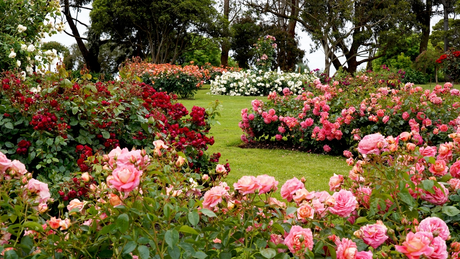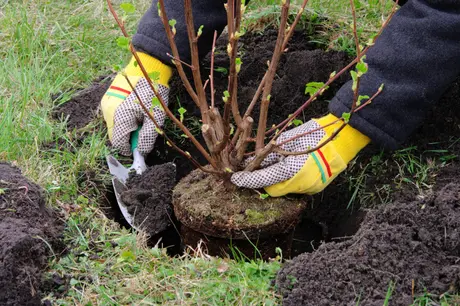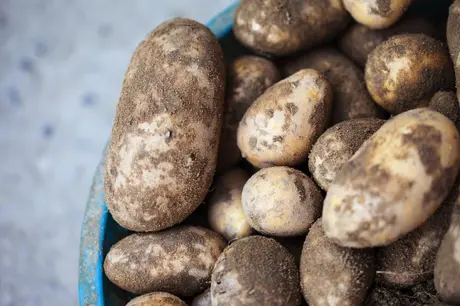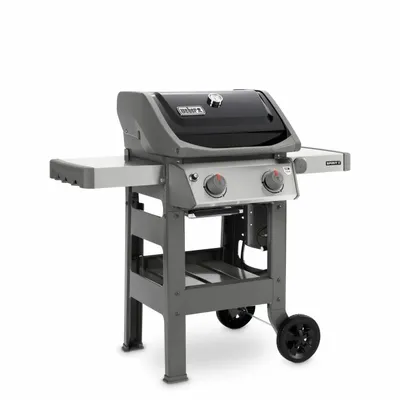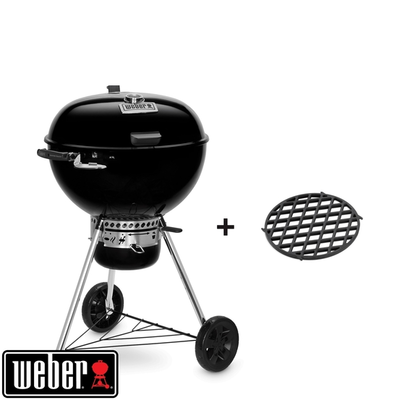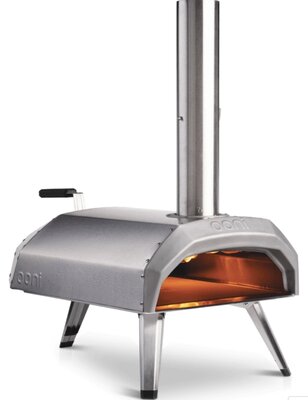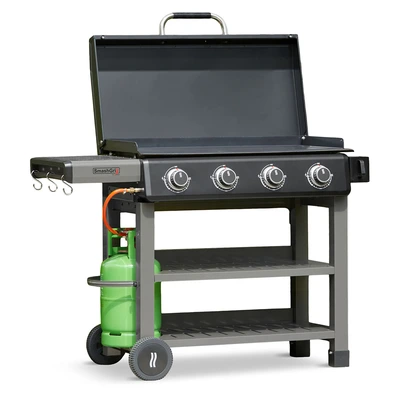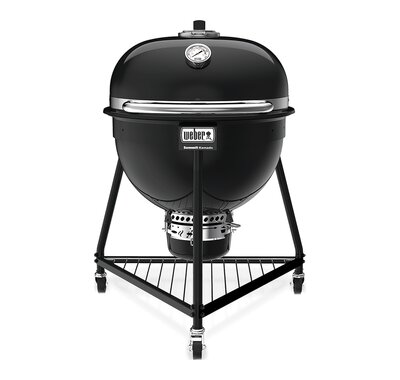
Making your own compost at home is a sustainable and cost-effective way to recycle organic waste and create nutrient-rich soil for your garden. Here's a step-by-step guide to help you get started:
1. Choose a Composting Method: Decide on the composting method that best suits your needs and available space. The two common methods are:
- Traditional Composting: This method involves creating a compost pile or bin in your backyard. It requires a bit more space and takes longer to decompose but provides larger quantities of compost.
- Vermicomposting: This method uses worms to break down organic matter into nutrient-rich castings. It's ideal for small spaces and can be done indoors or outdoors with a specialized worm bin.
2. Select a Compost Bin or Area: If you opt for traditional composting, choose a compost bin or designate an area in your yard. The bin can be purchased or built using materials like wood pallets, wire mesh, or plastic containers. Ensure it has good airflow and drainage.
3. Collect Organic Materials: Start collecting a variety of organic materials for your compost pile. These include:
- Green Materials: Nitrogen-rich materials like fruit and vegetable scraps, coffee grounds, grass clippings, and plant trimmings.
- Brown Materials: Carbon-rich materials like dry leaves, shredded paper, straw, twigs, and cardboard. Avoid glossy or heavily printed paper.
- Avoid: Meat, dairy, oily food scraps, pet waste, diseased plants, and weed seeds, as they may attract pests or introduce pathogens.
4. Layer and Moisturize: Begin by adding a layer of brown materials at the bottom of your compost bin. Then add a layer of green materials, followed by a thin layer of soil or finished compost (this helps introduce beneficial microorganisms). Continue layering brown and green materials, aiming for a ratio of roughly 3 parts brown to 1 part green. Moisten the pile as you go, aiming for a damp sponge-like consistency.
5. Maintain the Compost: To ensure successful composting, follow these tips:
- Turn the Pile: Every few weeks, use a pitchfork or shovel to turn the compost pile. This helps aerate it and speeds up the decomposition process.
- Monitor Moisture: Keep the compost moist, but not soggy. If it's too dry, add water; if it's too wet, mix in dry materials.
- Achieve Balance: Maintain a balance between green and brown materials to ensure proper decomposition. Adjust the ratio if the pile is too smelly or isn't decomposing efficiently.
- Patience: Composting takes time. The process can vary from a few months to a year, depending on factors like temperature, moisture, and the size of the materials.
6. Harvest and Use the Compost: Once the compost has turned dark, crumbly, and earthy with no recognisable materials, it's ready to use. Harvest the compost by removing it from the bottom of the pile, leaving unfinished materials for further decomposition. Use the compost to enrich your garden soil, mix it into potting mixes, or top-dress your plants.
Remember, composting is a continuous process, and you can continually add new organic materials to your compost pile while harvesting compost from the matured portions. With patience and consistency, you'll be rewarded with nutrient-rich compost that will enhance the health and productivity of your garden.

